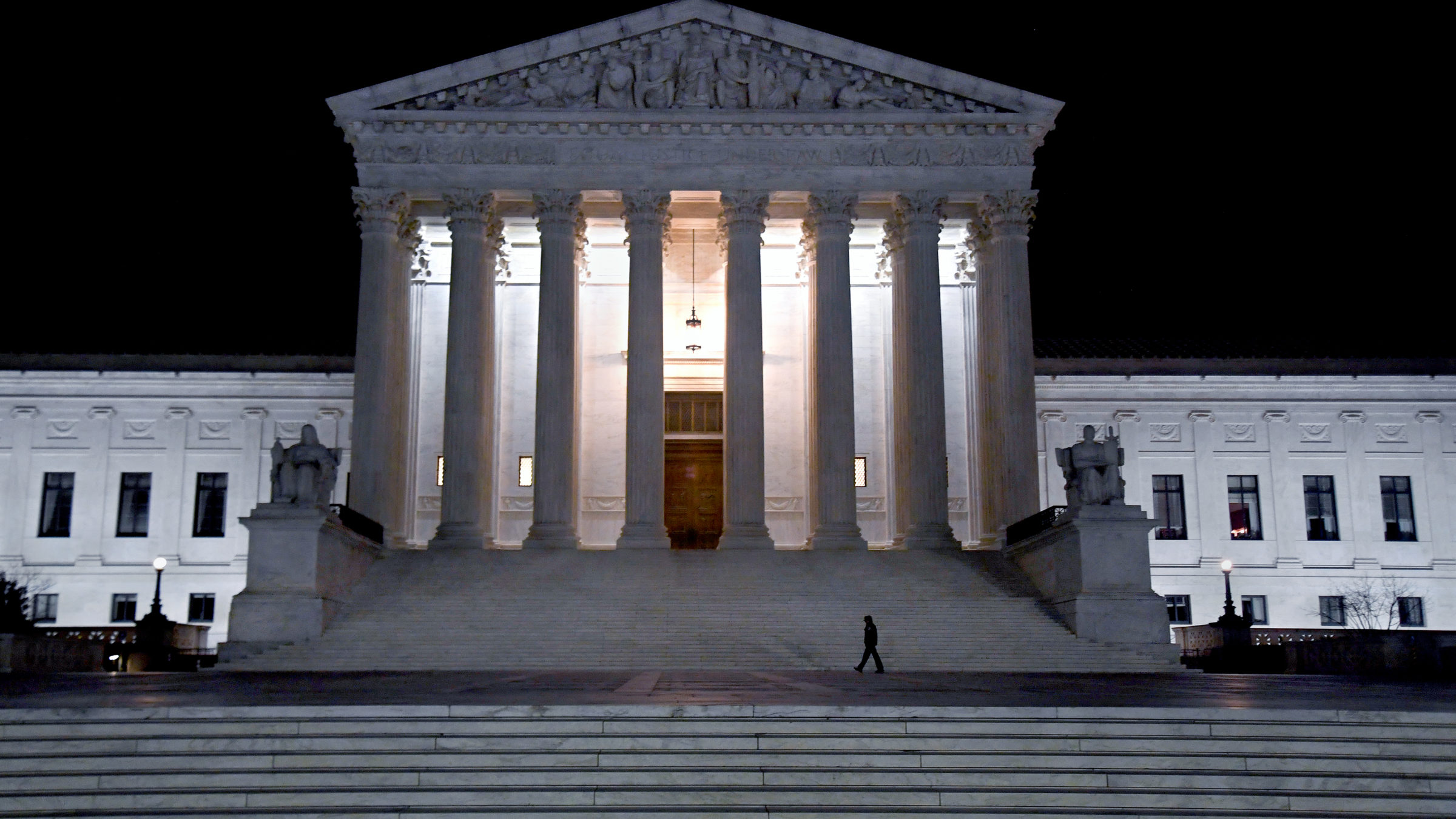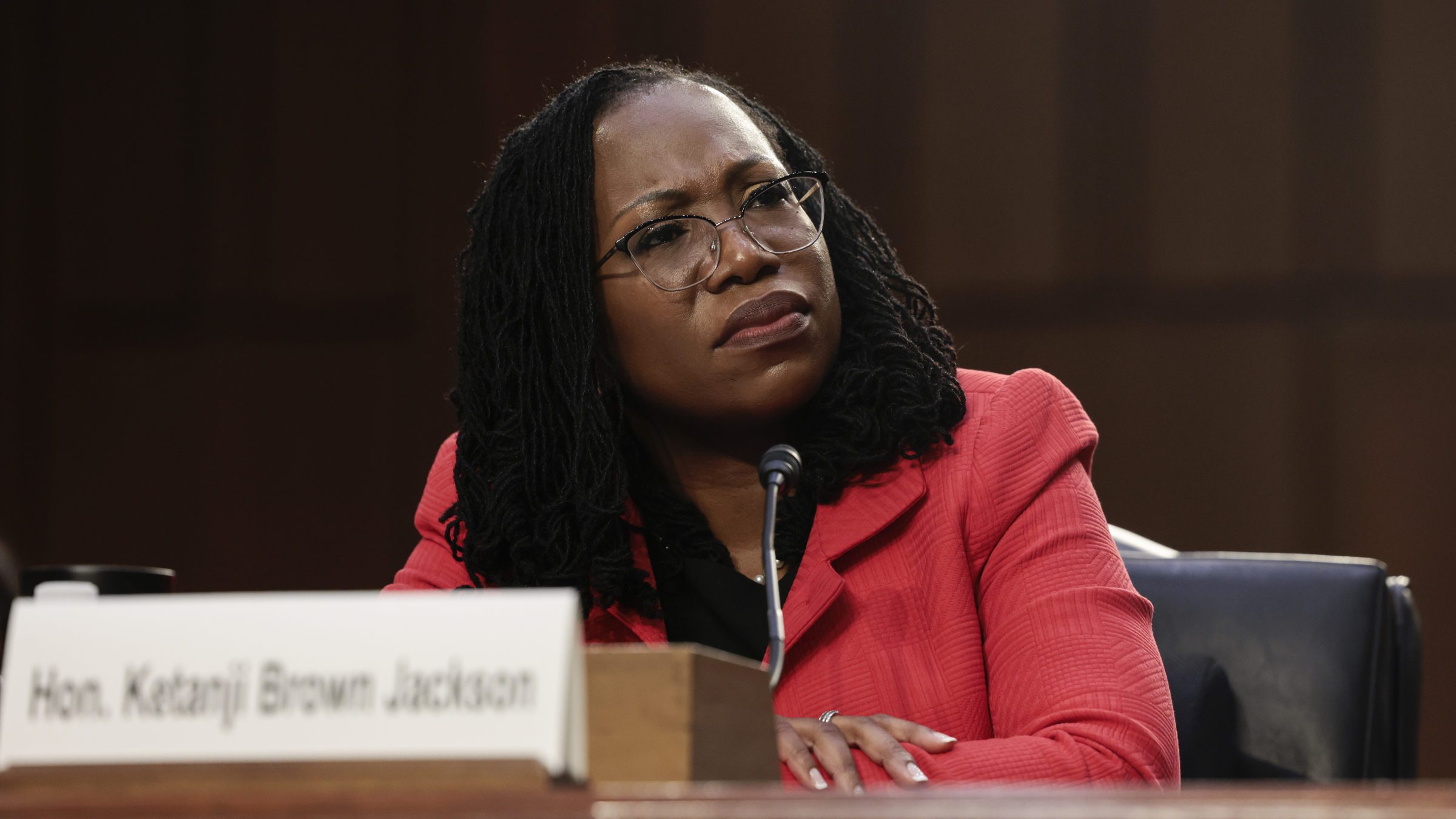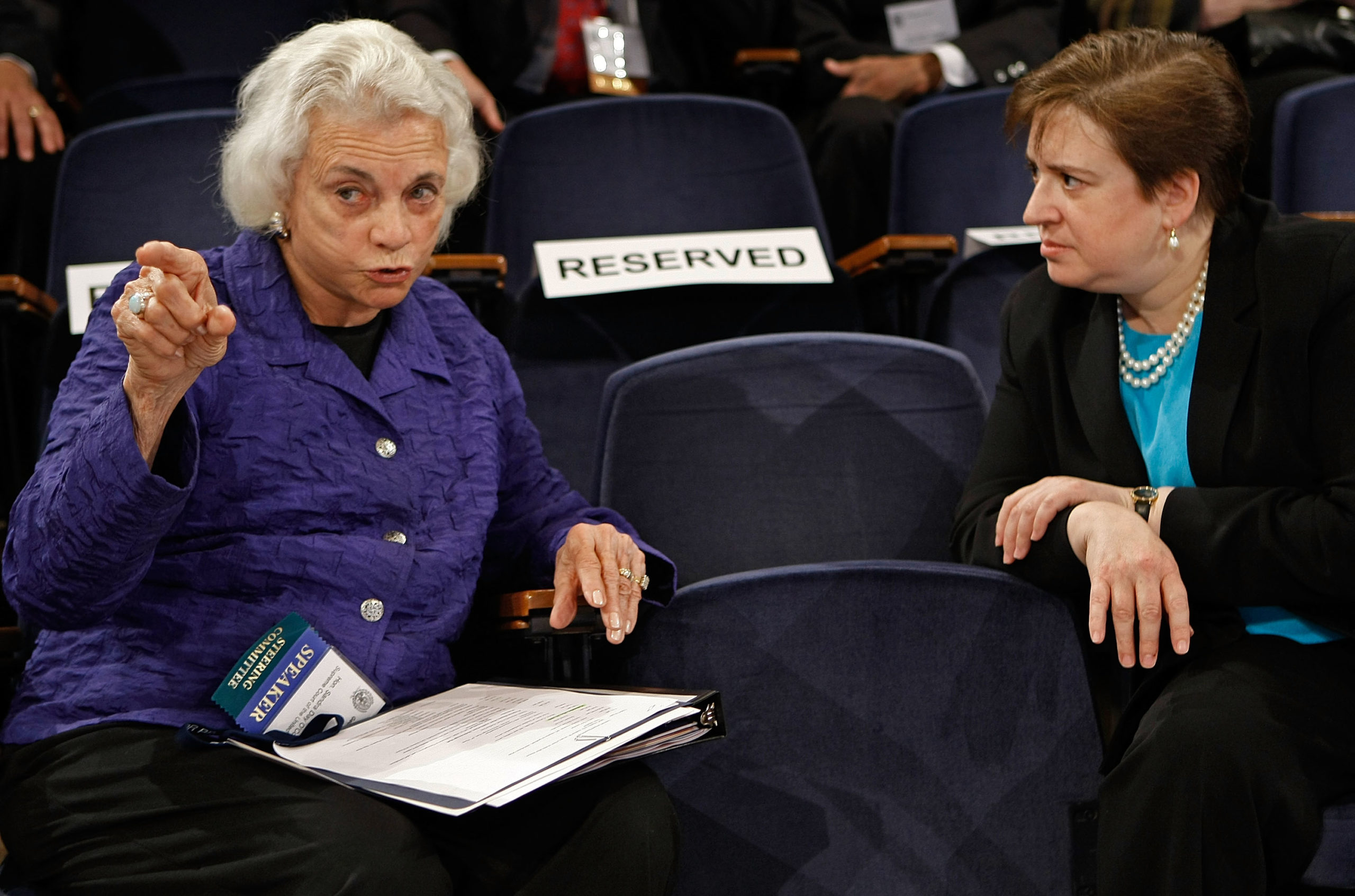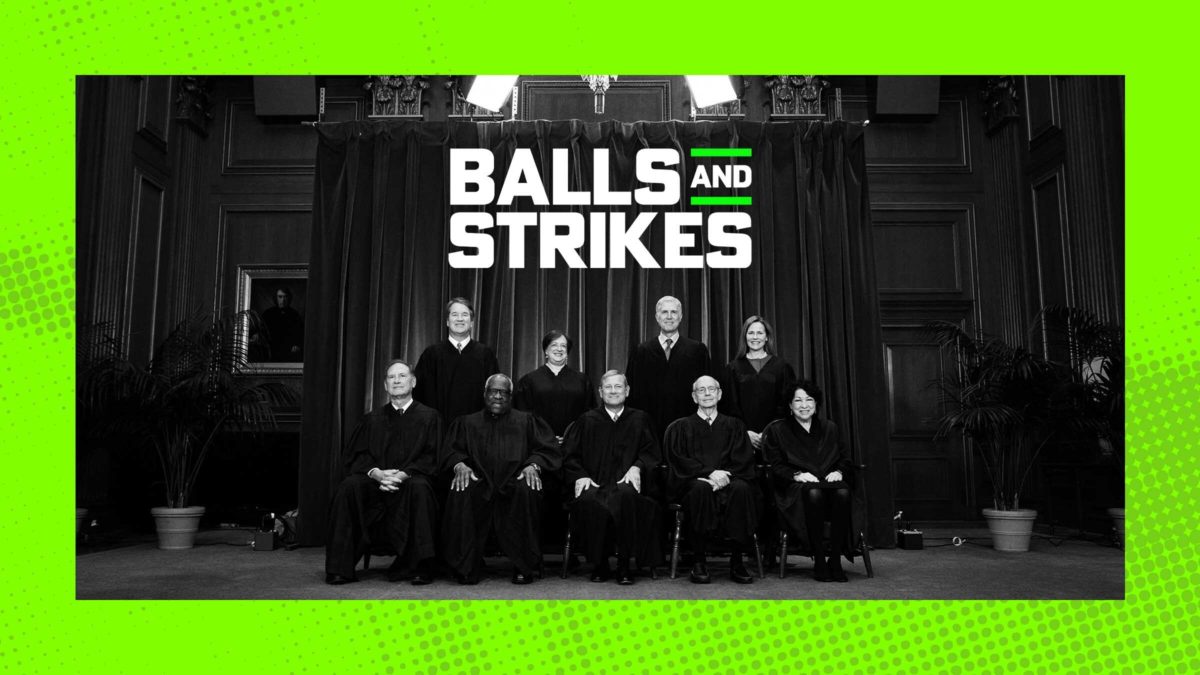In May 2020, some 230 years after its founding, the Supreme Court implemented the most radical transparency measure in its history. As the Court shifted to an all-remote oral argument format due to COVID-19, it also began providing live audio of oral argument for anyone who wanted to listen. (Previously, audio was only available at the end of each week, with rare exceptions for same-day release in major cases.) All it took to persuade this country’s highest court to adopt a table-stakes accessibility tool at just about any other level of government was a deadly pandemic that fundamentally reorganized large swaths of modern society and killed one million Americans and counting.
When the Court resumed in-person oral argument in the fall of 2021, it announced that it would continue to provide real-time audio through at least the end of that year. This was a delightful development for journalists without a coveted reserved seat in the courtroom, to say nothing of journalists who are not based in Washington, D.C. or, of course, the millions of people who are interested in following along with the slow-motion erosion of their civil and constitutional rights. More than a year later, the justices have not backed away from the practice, enabling people like me to fire up our computers each morning, make coffee, and send mocking tweets about whatever dumb point Brett Kavanaugh just tried to make.
One pre-pandemic tradition that remains suspended is that of the justices announcing their opinions in person in open court. Instead, we got choreographed drops of opinions at 10-minute intervals on the Court’s web site, which turned designated opinion release days into Taylor Swift tour presale events for most terminally online denizens of Appellate Twitter. As a result, the person who got the first look at a landmark, history-making opinion was often whoever happened to hit refresh at precisely the right moment and, by some miracle, got the PDF to load before an army of frenzied refreshers caused the Court’s famously clunky site to time out.
Earlier this week, the Court announced that it will resume live opinion announcements in the new year, but will NOT provide live audio. Only the handful of journalists in the courtroom and whichever exhausted suckers braved overnight lines and frigid temperatures to score a cramped few inches of wooden bench will have the privilege of hearing from the justices in real time. Everyone else will have to wait until the following Supreme Court term—that’s October of 2023—to obtain a recording from the National Archives.

(Photo by Michael S. Williamson/The Washington Post via Getty Images)
I am not going to spend too much time on substance here, because I do not feel that propositions like “it is bad when government institutions helmed by nine unelected life-tenured lawyers give transparency the middle finger” should be especially controversial. But historically, this forum has been especially important for dissenting justices, who save their speaking roles for outcomes they regard as egregiously unjust. Some of these oral dissents resonate long after the courtroom has emptied: In 2007, Justice Ruth Bader Ginsburg took the microphone and excoriated Justice Samuel Alito’s opinion in Ledbetter v. Goodyear Tire & Rubber Company, calling it “indifferent to the insidious way in which women can be victims of pay discrimination.” She concluded by explicitly calling on lawmakers to fix the Court’s mistake, which they did two years later, passing the Lilly Ledbetter Fair Pay Act of 2009.
I want to focus, instead, on the absurdity of the process: The infrastructure to stream Supreme Court opinion announcements is already in place. For nearly three years, the Court has broadcast some of its most important proceedings to the entire internet, for free, as a matter of course. There is no reason to treat open-to-the-public opinion announcements differently than open-to-the-public oral arguments other than some combination of laziness, obstinance, and cowardice. Slamming the digital courtroom door on millions of people is roughly analogous to your landlord cutting power to the furnace on Thursdays because they do not feel like paying the bill, and do not care how cold your apartment gets.

When your oral dissents are only available form the National Archives six months later (Photo by Anna Moneymaker/Getty Images)
It does not feel like a coincidence that this arbitrary limit on public access to the Court comes at a moment when the public is not happy about what the Court is doing. Quinnipiac polling released this week found that more than half of Americans do not approve of the Court’s performance—the lowest net rating since Quinnipiac began asking the question nearly two decades ago. If you are, to take a purely hypothetical example, a chief justice who is hyper-concerned about propping up the Court’s sagging reputation, limiting the number of people who can listen to Neil Gorsuch make things worse is a smart (if cynical) strategy.
In a Court controlled by a 6-3 conservative supermajority, the trio of liberal justices will be stuck filing a lot of blistering dissents in a lot of devastating losses in the years to come. Broadcasting these opinion announcements would at least give them a fleeting chance to make their cases to the public, urgently and earnestly—to express their anger, frustration, and sadness with the next Dobbs or Brnovich or Bruen in ways that do not always come through in dense PDFs.
The Court’s decision to bury dissenting voices in the National Archives means that most people will never hear them. It is a gift to Alito and company, for it ensures that their ongoing efforts to gut your constitutional rights will be not only successful, but also bloodless.
As always, you can find us at ballsandstrikes.org, or follow us on Twitter at @ballsstrikes, or get in touch via [email protected]. Thanks for reading.
This Week In Balls & Strikes
The Trump Judge War on Birth Control Is Officially Underway, Lisa Needham
A federal judge in Texas wants to make it harder for people under age 18 to obtain low-cost birth control.
How the Law Review Grind Makes Legal Scholarship Worse, Jacob Hammond
The nation’s fanciest journals of legal scholarship are less sources of innovative legal analysis than tools for burnishing the résumés of everyone involved.
Clarence Thomas Allegedly Told Prominent Evangelical Activist to “Keep Up What You’re Doing”, Yvette Borja
The Rev. Rob Schenck’s testimony before the House Judiciary Committee revealed the failures of a Supreme Court that is subject to no binding code of ethics.
This Week In Other Stuff We Appreciated
One Nation Under Guns, Ryan Busse, The Atlantic
The Court’s landmark Second Amendment decision in Bruen is starting to have ripple effects.
A Democratic Judicial Makeover Depends on Blue Slips, Miles Mogulescu, The American Prospect
Will Senate Democrats let Republicans use an arcane Senate tradition to block Biden’s judicial nominees?
Biden’s Judicial Nominations Have Set Records For Diversity, But Dozens Remain Unconfirmed, Candice Norwood, The 19th
Looking ahead to the next two years of federal judicial confirmations.
This Week In Obscure Photos of Supreme Court Justices On Getty Images


